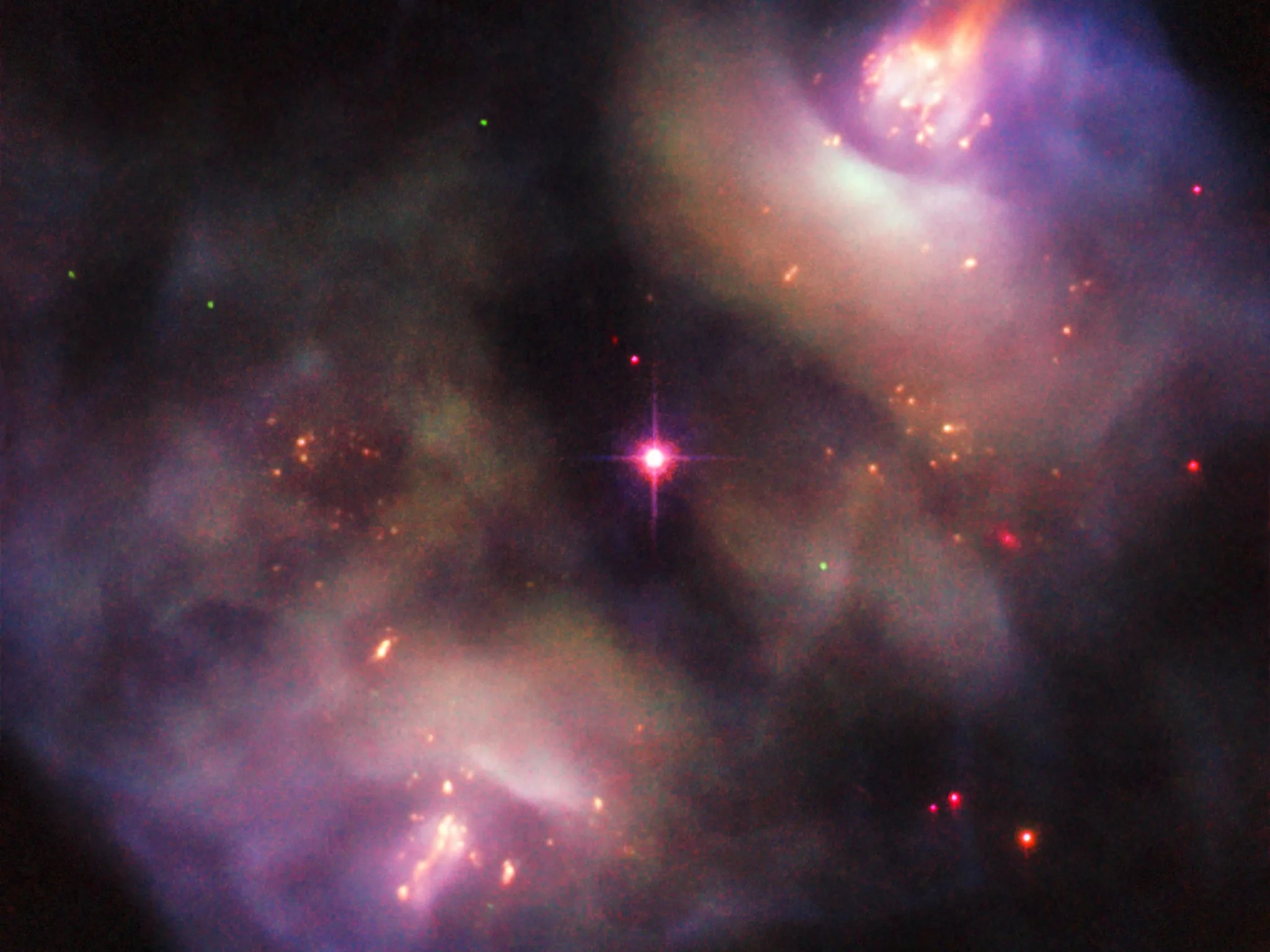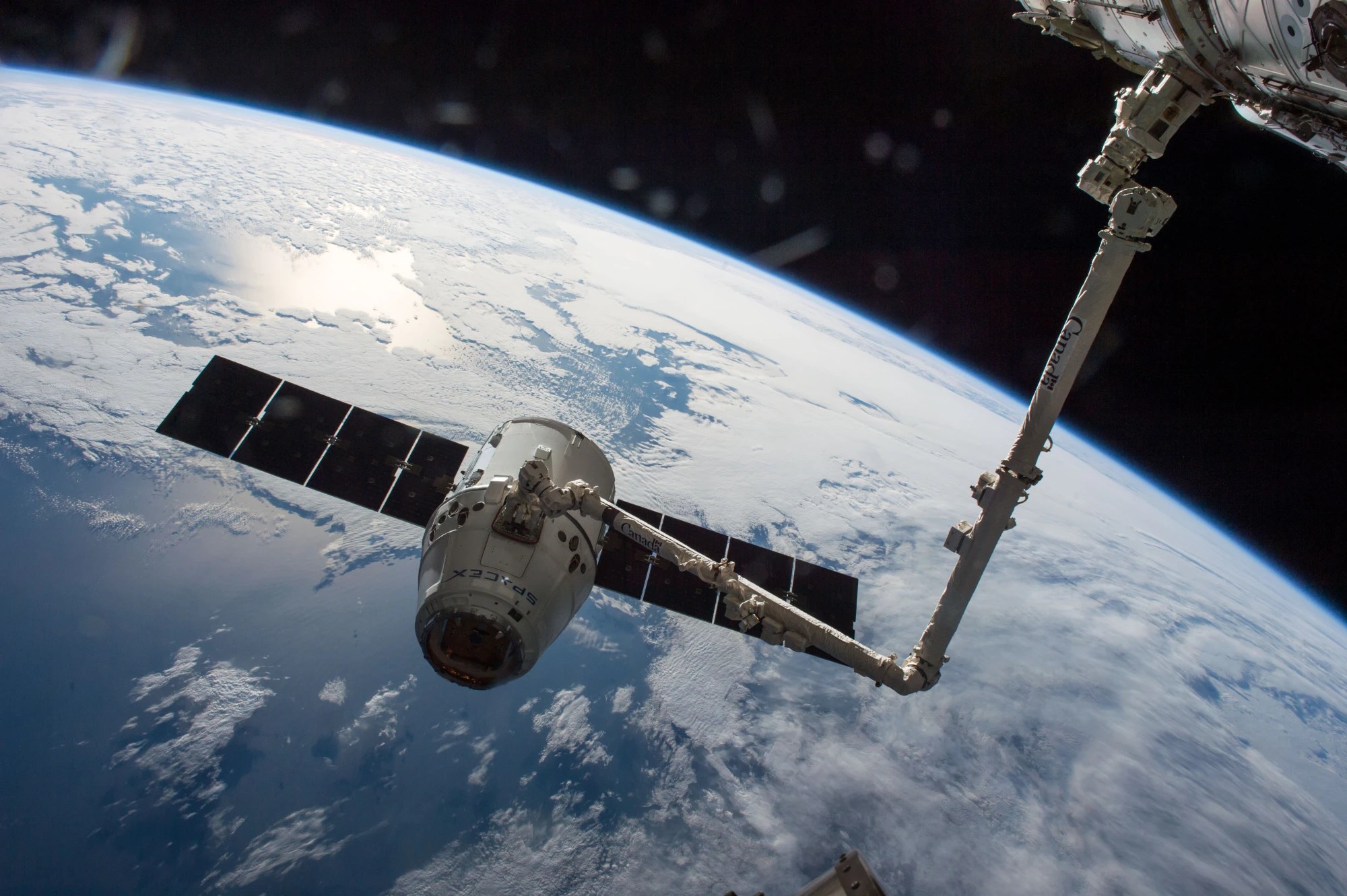Overview
The Science Mission Directorate Heliophysics Division studies the nature of the Sun, and how it influences the very nature of space – and, in turn, the atmospheres of planets and the technology that exists there. Space is not, as is often believed, completely empty; instead, we live in the extended atmosphere of an active star. Our Sun sends out a steady outpouring of particles and energy – the solar wind – as well as a constantly writhing magnetic system. This extensive, dynamic solar atmosphere surrounds the Sun, Earth, the planets, and extends far out into the solar system.
Studying this system not only helps us understand fundamental information about how the universe works, but also helps protect our technology and astronauts in space. NASA seeks knowledge of near-Earth space, because – when extreme – space weather can interfere with our communications, satellites and power grids. The study of the Sun and space can also teach us more about how stars contribute to the habitability of planets throughout the universe.
Mapping out this interconnected system requires a holistic study of the Sun’s influence on space, Earth, and other planets. NASA has a fleet of spacecraft strategically placed throughout our heliosphere – from Parker Solar Probe at the Sun observing the very start of the solar wind, to satellites around Earth, to the farthest human-made object, Voyager, which is sending back observations on interstellar space. Each mission is positioned at a critical, well-thought out vantage point to observe and understand the flow of energy and particles throughout the solar system – all helping us untangle the effects of the star we live with.
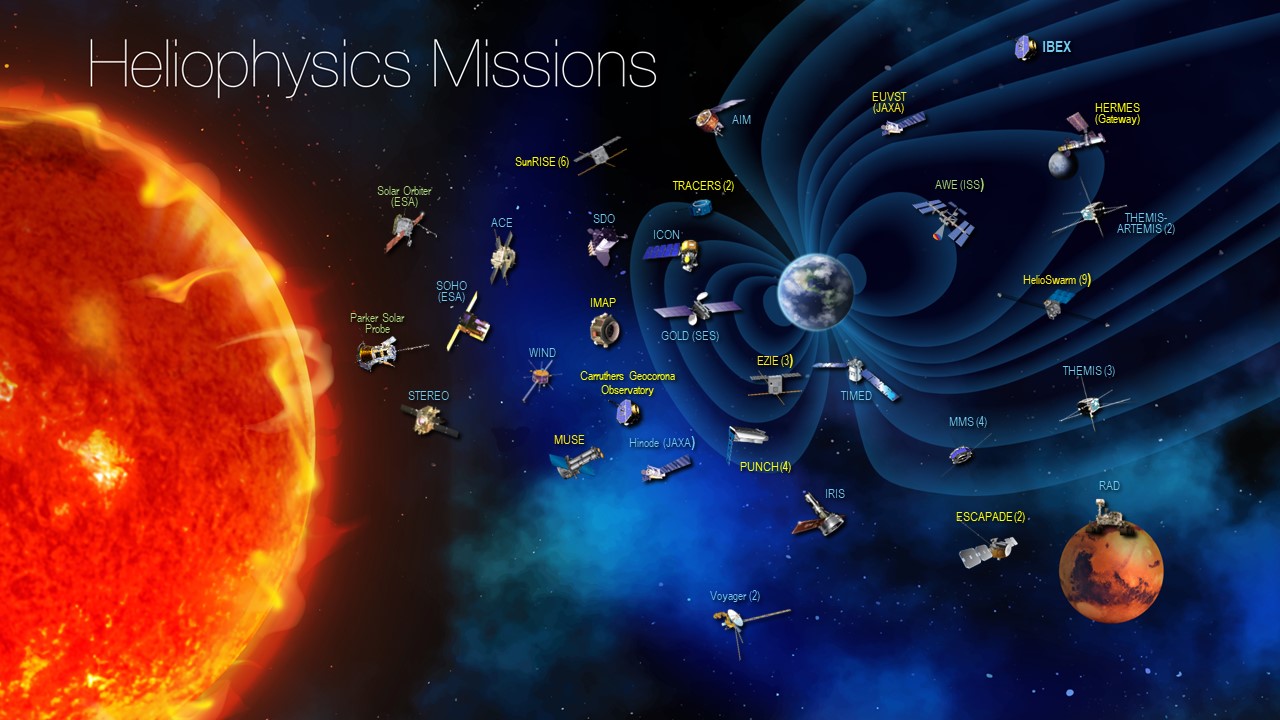
Heliophysics Stories
The Sun
The sun is a dynamic star, made of super-hot ionized gas called plasma.
The sun's surface and atmosphere change continually, driven by the magnetic forces generated by this constantly-moving plasma. The sun releases energy in two ways: the usual flow of light that illuminates the Earth and makes life possible; but also in more violent and dramatic ways--it gives off bursts of light, particles, and magnetic fields that can have ripple effects all the way out to the solar system's magnetic edge.
Read More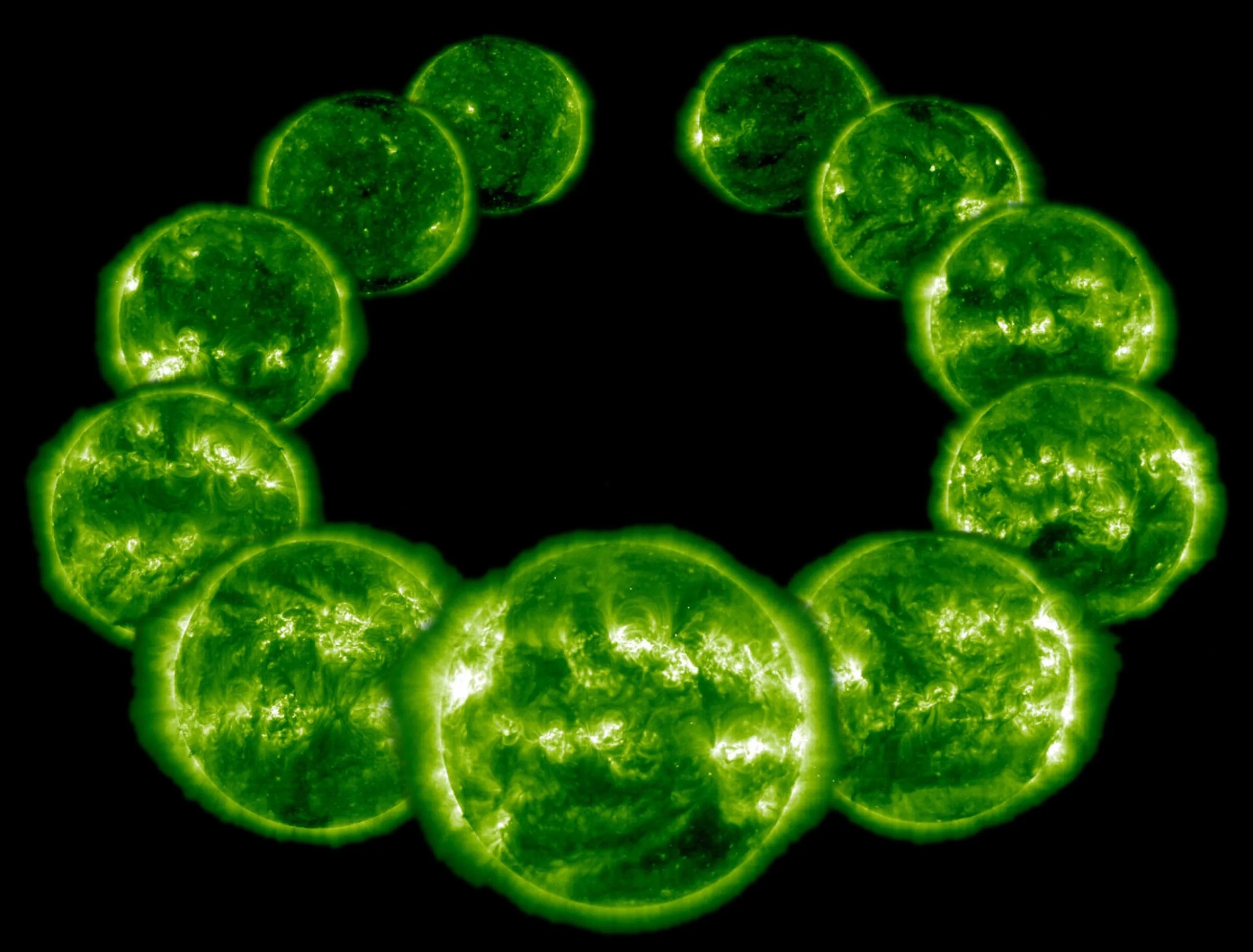
Space Weather
Though space is about a thousand times emptier than even the best laboratory vacuums on Earth, it’s not completely devoid of matter.
The sun’s constant outflow of solar wind fills space with a thin and tenuous wash of particles, fields, and plasma. This solar wind, along with other solar events like giant explosions called coronal mass ejections, influences the very nature of space and can interact with the magnetic systems of Earth and other worlds. Such effects also change the radiation environment through which our spacecraft – and, one day, our astronauts headed to Mars – travel.
Read More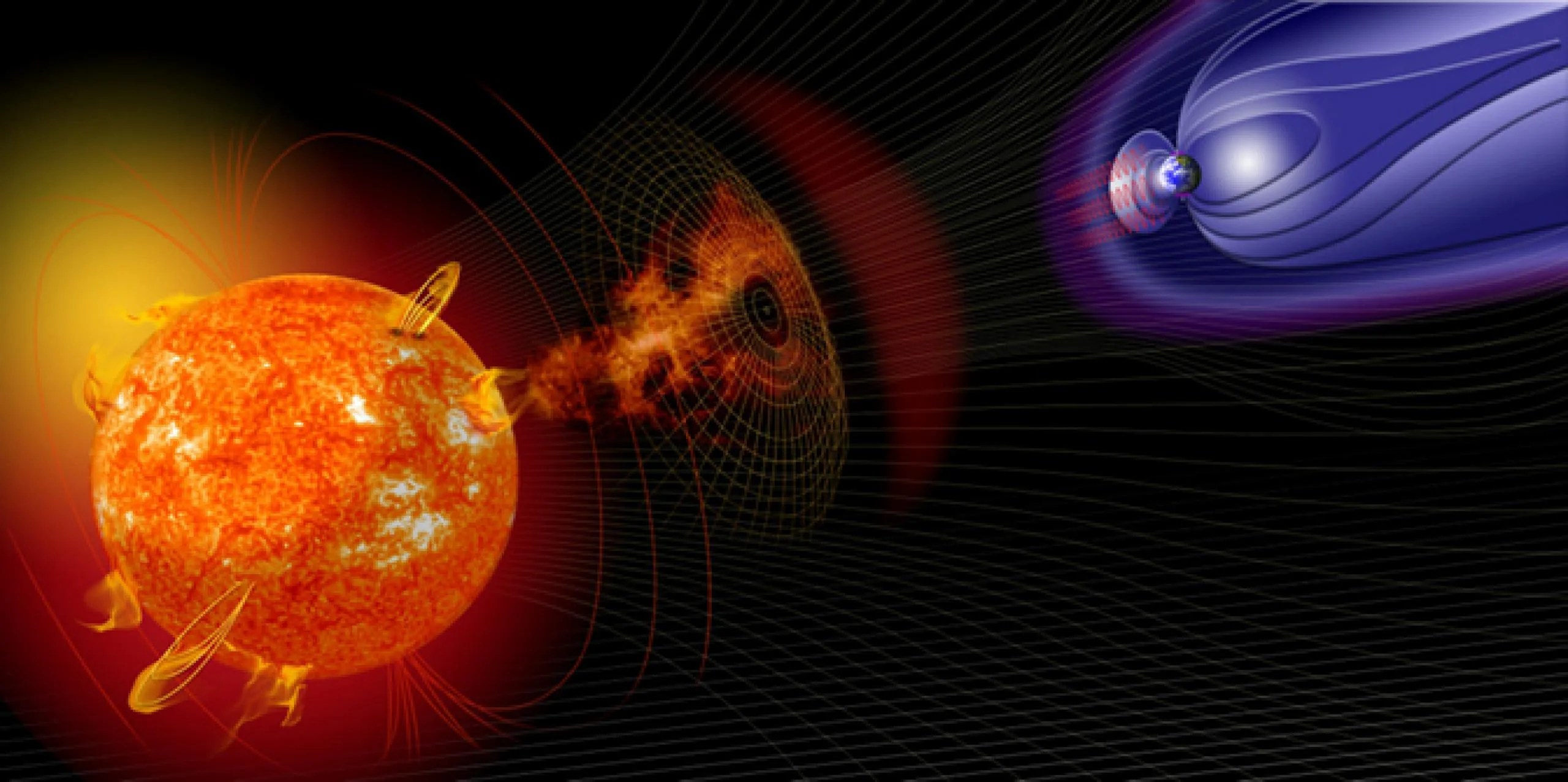
Magnetospheres
A magnetosphere is the region around a planet dominated by the planet's magnetic field.
Other planets in our solar system have magnetospheres, but Earth has the strongest one of all the rocky planets: Earth's magnetosphere is a vast, comet-shaped bubble, which has played a crucial role in our planet's habitability. Life on Earth initially developed and continues to be sustained under the protection of this magnetic environment.
Read More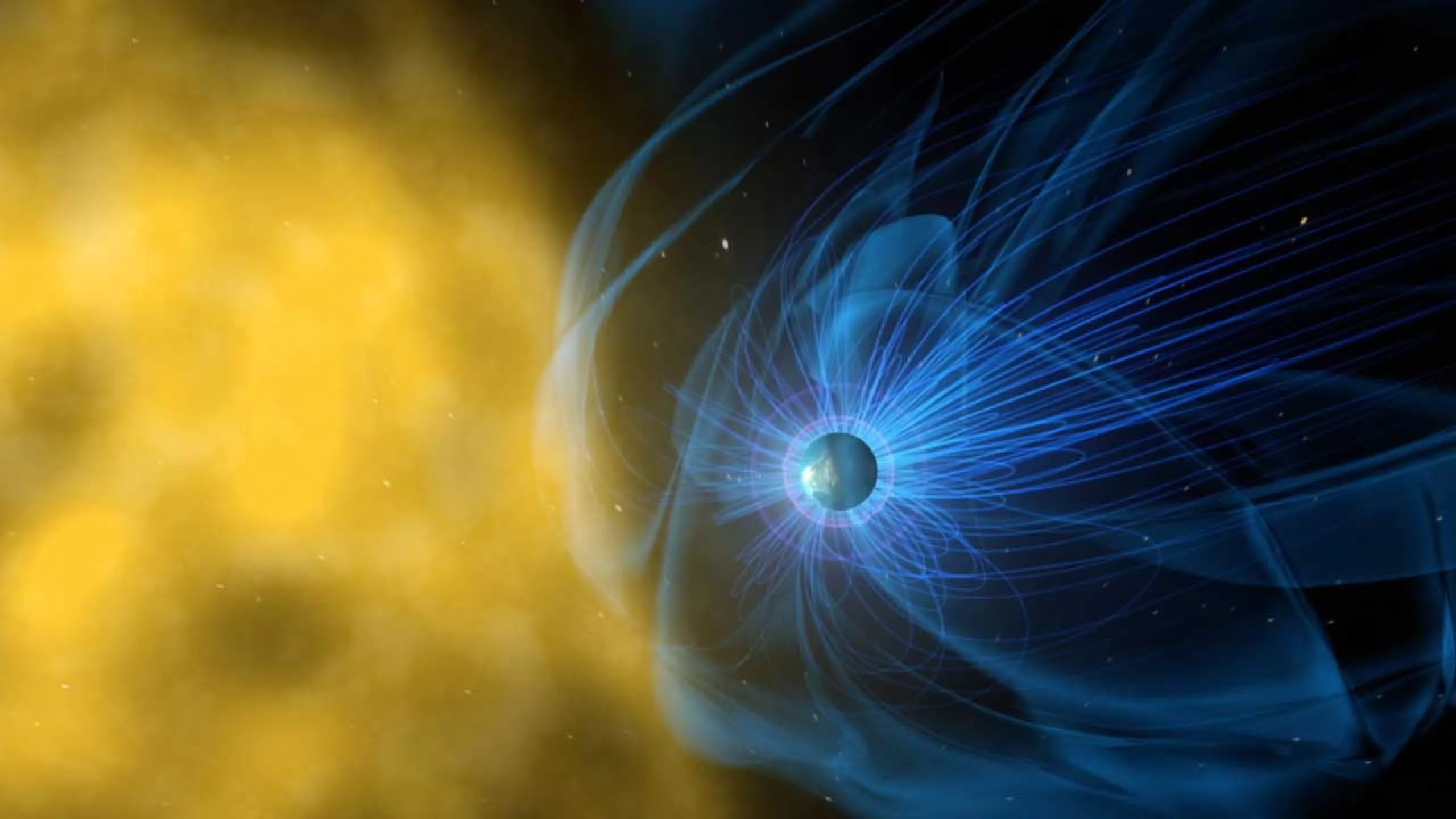
Ionosphere, Thermosphere and Mesosphere
NASA’s heliophysics researches the ionosphere-thermosphere-mesosphere region where our neutral atmosphere transitions into the ionized plasma of space.
In this thin shell that surrounds our home planet, the atmosphere is in constant motion, shaped by the influence of both solar activity and changes in the lower atmosphere and in near-Earth space. But this region is more than just a passive boundary — energy is not only deposited but also transformed in and transported through this region, and it’s an active source of energy and plasma into the magnetosphere.
Read More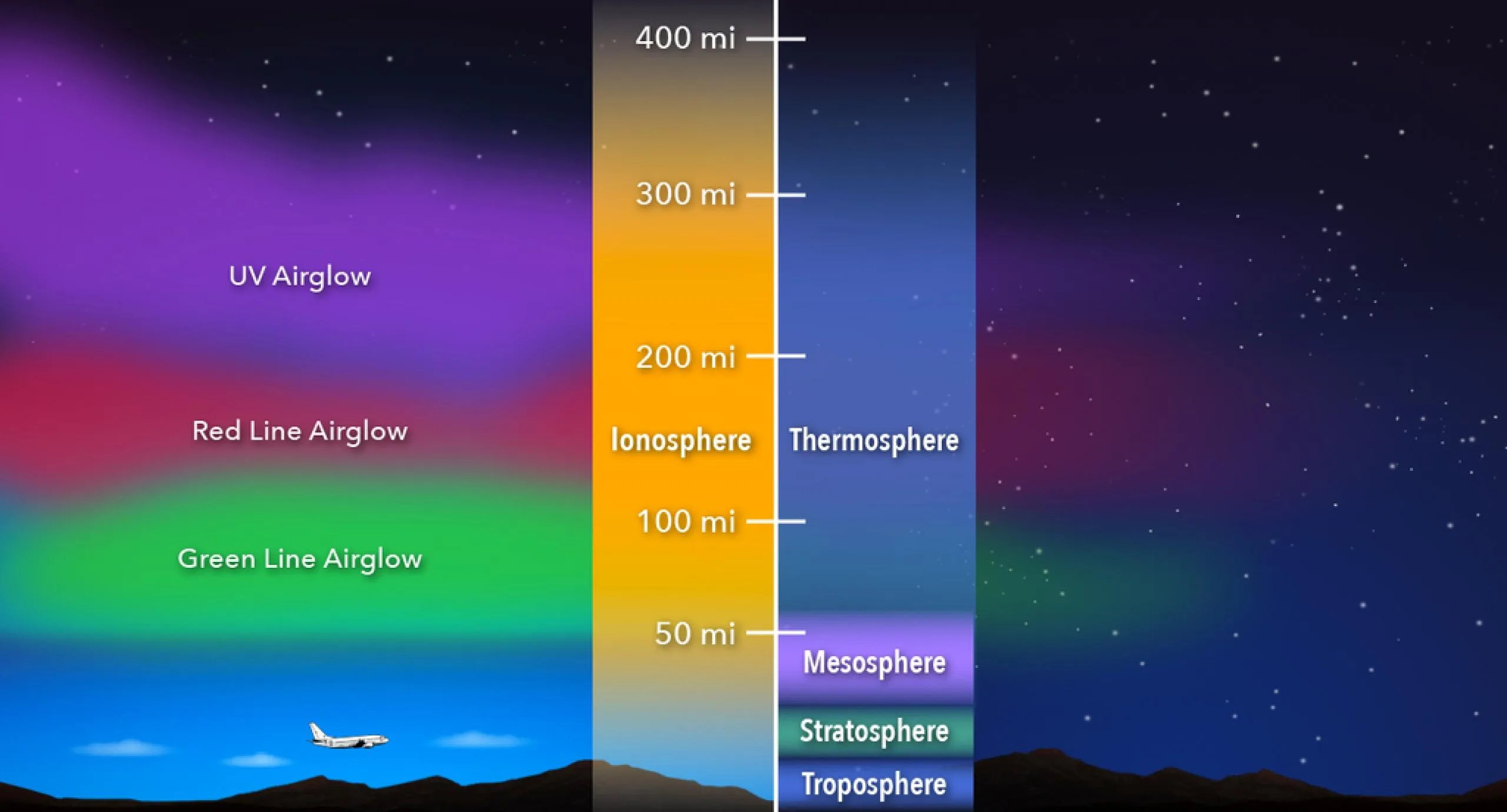
Heliosphere
The sun sends out a constant flow of charged particles called the solar wind, which ultimately travels past all the planets to some three times the distance to Pluto before being impeded by the interstellar medium.
This forms a giant bubble around the sun and its planets, known as the heliosphere. NASA studies the heliosphere to better understand the fundamental physics of the space surrounding us - which, in turn, provides information regarding space throughout the rest of the universe, as well as regarding what makes planets habitable.
Read More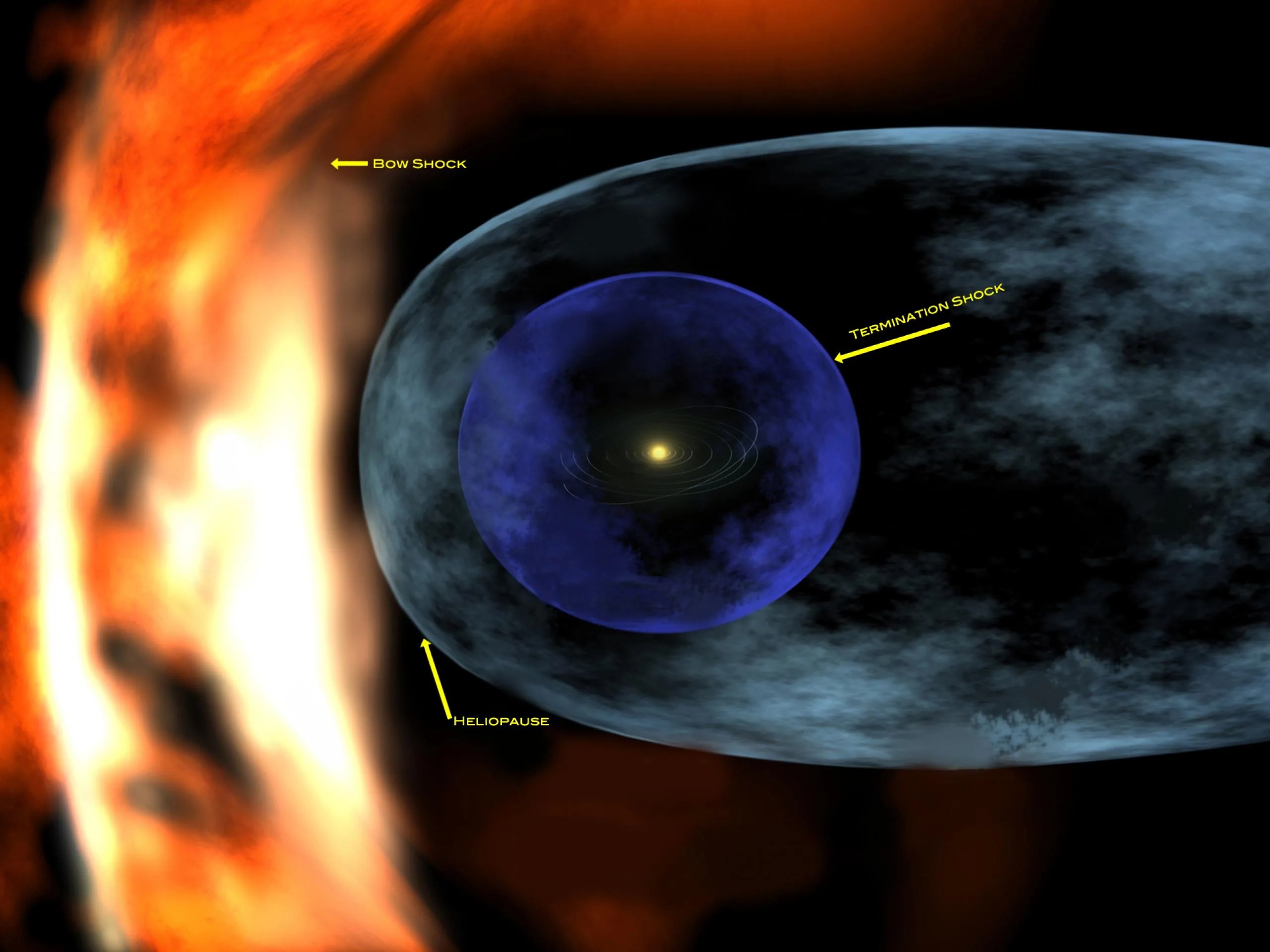
Solar Eclipses
NASA studies solar eclipses on the ground, in our atmosphere, and in space, influencing solar and Earth science.
Sometimes when the moon orbits Earth, it moves between the sun and Earth. This doesn't happen every month, because the moon doesn't orbit in the exact same plane that the sun and Earth do – but it does happen occasionally. When it happens, the moon blocks the light of the sun from reaching Earth. This causes an eclipse of the sun, or solar eclipse. During a solar eclipse, the moon casts a shadow onto Earth.
Read More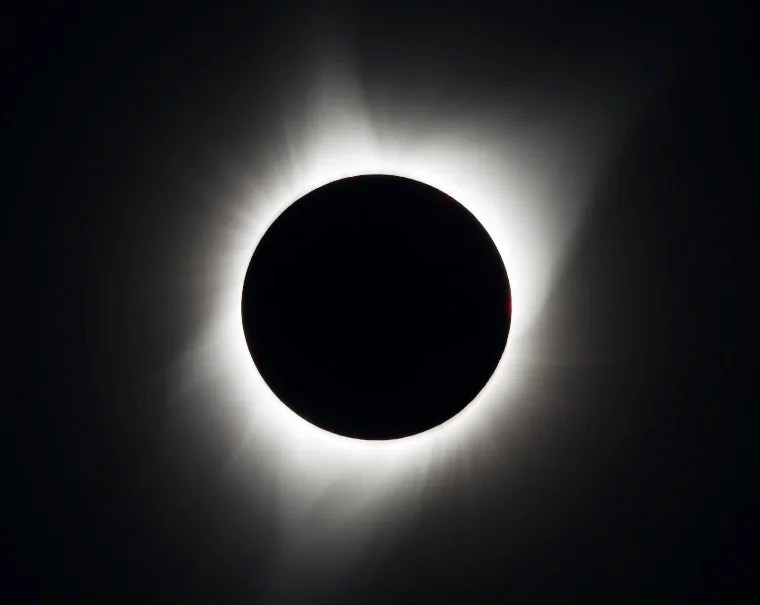
Unlocking the Sun’s X-rays
PROJECT Marshall Grazing Incidence X-ray Spectrometer (MaGIXS) SNAPSHOT NASA has developed a new type of instrument that can provide key…
Read the Story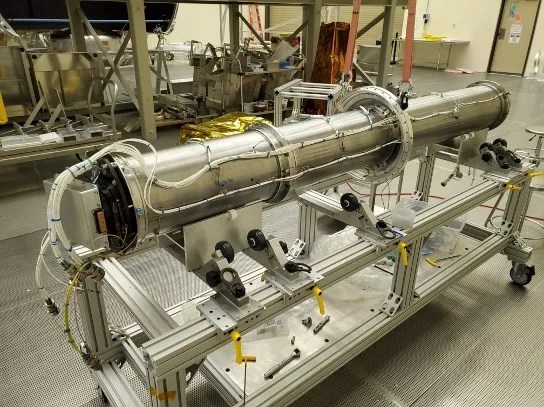

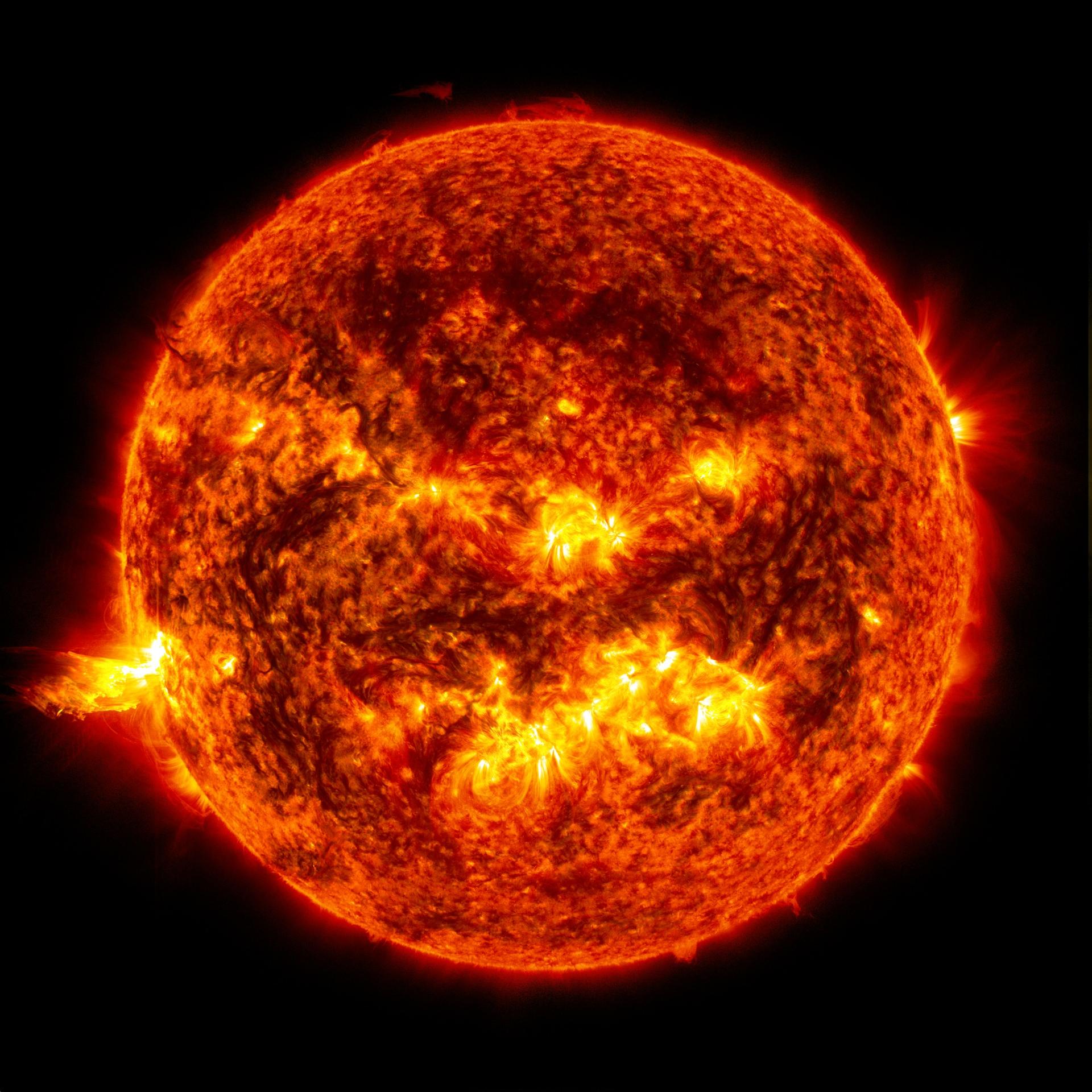



%20-%20Carolyn%20Y.%20Ng.JPG?w=4096&format=jpeg&fit=clip&crop=faces%2Cfocalpoint)

